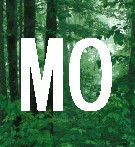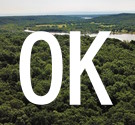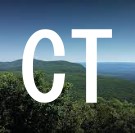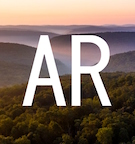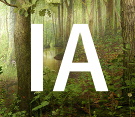|
|
No slots remaining for the
October Salmon Run Expedition
|
|
Background on "bigfoot expeditions"
According to an
increasing number of well-informed, senior primatologists,
the animals that are described as "Bigfoots"
("Sasquatches" in Canada) may be survivors
of giant wood apes.
The best known giant wood ape species is called Gigantopithecus
Blacki (pronounced : "JI-GAN-TOE-PITH-A-KUSS
BLACK--EE"). See images below, and a separate article
about Gigantopithecus
research.
For many years it was assumed that "Gigantos"
(the nickname for the giant apes) were completely extinct. Today,
many influential scientists are very interested in an increasing
amount of solid evidence suggesting that Gigantos are not
completely extinct.
Gigantos had a very distinct appearance. They walked on two
legs, like humans, but were much larger. They were also extremely
muscular, compared to humans, and covered with fur everywhere
but on their faces, their palms and the soles of their feet.
Fossil remains show that gigantos stood over nine feet tall.
Today's tallest basketball players and buffest body builders
would seem short and frail if they stood next to one.
Thousands of credile modern witnesses have described brief encounters
with animals of this size and distinct appearance. Stories of
these encounters are typically laughed off as "Bigfoot
sightings" (as if there is only a single animal) by a tragically
misinformed public.
 |
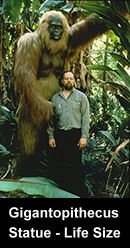 |
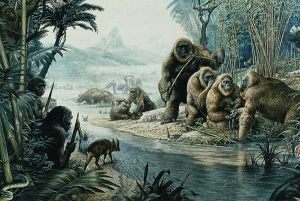
A painting
depicting early humanoid hunters approaching a group of
Giantos along a stream.
|
|
Gigantos were thought
to have been hunted to extinction by early human ancestors,
Homo Erectus, thousands of years ago ... but people have been
finding tracks and claiming brief encounters with similar
looking animals for thousands of years.
Surviving Gigantos would necessarily be rare and elusive,
as sasquatches are said to be. They would able to avoid human
harassment, if they resided mainly in remote forests, as sasquatch
are said to do. Wildlife ecologists say their bodies and bones
would not be found (and identified) with any regularity in
those types of habitats; and hunters would not normally shoot
at animals that looked somewhat like humans from a distance.
Hunters in modern times who claimed to see a sasquatch say
they didn't shoot for that reason, among others.
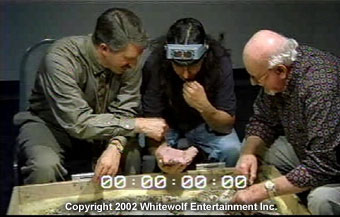
The Skookum Cast from southern Washington won the support
of the nation's top primatologists. The cast was obtained
on a BFRO expedition in 2000. |
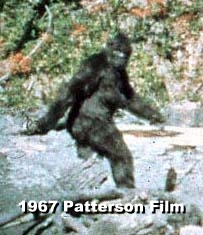
Contrary to distorted mass media reporting, this footage
from Northern California has recently been proven
to be authentic, rather than being debunked: The
various competing "confessors" to the "hoax"
were all unable to recreate the "costume" they
claim they used. The figure's arms are too long, the legs
too short, and the muscles too large, for the figure to
be a man in a costume. Anatomists can now demonstrate
this with side-by-side images of human models. |
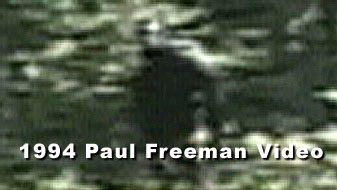
This footage is from the Blue Mountains of eastern Washington. |
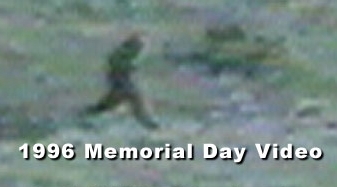
This footage is from the northen Cascade Mountains in
Washington. |
There are several forest areas across North America (including
mountainous and marshy areas in the eastern U.S.) with a historical
pattern of sightings of Giganto-like animals. In those same
forests a person has the best odds experiencing and observing
the peculiar things experienced by previous observers.
Bigfoot field researchers often say the best way to confirm
the presence of a sasquatch in one of these forests is to
walk around in them after dark without a flashlight.
An increasing number of reliable observations suggest that
sasquatches will usually approach a human(s) after dark, if
only briefly, when the person(s) enters the habitat area for
the first time. These approaches usually don't last long,
but they may provide the best opportunities to photograph
or briefly videotape one of these animals.
|

"But didn't some guy confess
to hoaxing this?"
None of the various men who've tried to take credit
for the "hoax" were able to build another
Patterson costume -- the most basic requirement to demonstrate
their own crediblity. These various "confessors"
maintain it was a simple gorilla costume, but they've
never been able show this with comparable images.
Other attempts have been made recreate the Patterson
costume, including one that was well organized, expertly
staffed by veteran Hollywood costume designers, and
funded the BBC, for a program aiming to debunk
the footage. The BBC's inability to recreate the costume
has become, perhaps appropriately, the strongest scientific
proof that it could not be a costume.
See the article about the BBC's all-out-effort to build
a Patterson costume replica. Click here
for that article.

|
Frame 72 of the 1967 Patterson Footage
Casts were made of the footprints left behind by this
animal. The casts have allowed anthropologists to calculate
the height and mass of this figure.
Whatever it was, was nearly seven (7) tall, weighed about
800 pounds, and had proportionately longer arms and shorter
legs than a human.
Close examination of the moving footage shows that it
could not be a padded costume. Its super-sized muscles
can be seen flexing as it moves.
Costume technology that can mimic flexing muscles was
not invented until 20 years after the footage was obtained.
Click the image above to access the article from animator
Kyle Council, titled, "From an Animator's Perspective"
or click here.
See the article listing the "Top 10" reasons
why there isn't much footage of these animals. Click here
for that article. |
The
BFRO has been gathering eyewitness encounter stories for almost
a decade now. Over the past five years a handful of small
expeditions have been organized to bring several small teams
of amateur and professional researchers to areas where these
type of encounters are most likely to occur, based on historical
patterns.
On every BFRO expedition so far, where skeptics are invited
to come see for themselves, at least a few, and sometimes
several, observers claimed to have been approached by a sasquatch
at night. They did not describe seeing "hairy man-like
animals" ... they described seeing "giant
hairy man-like animals" -- animals far too tall, too
muscular, and too fast, to be humans in costumes ...
The October Salmon Run Expedition
Dates: October 21- 24 (Thursday to Sunday)
Where: Undisclosed location(s) on the Olympic Peninsula,
three (3) hours from Seattle, Washington.
Locals in the
sighting area say the sightings peak during the big salmon
run in Fall. We're timing this expedition to be there for
the run.

Bob Gimlin will attend this expedition. Bob Gimlin is the
man who was with Roger Patterson when Patterson obtained the
famous footage in Northern California in 1967. It's a great
understatement to say that Bob Gimlin is an interesting guy
to talk to.
To
ask about the next expedition call
(949) 278-6403. Leave
a brief message
with your contact info and your request for details.

August
WA Expedition Report
|
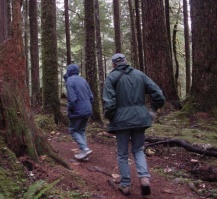
Click
for more photos of the
Olympic Rain Forest.
|
[Note:
The September NM Report is still being assembled.]

|
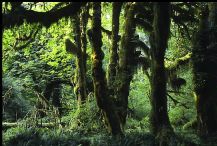
Click
for more photos of the
Olympic Rain Forest.
|
|





